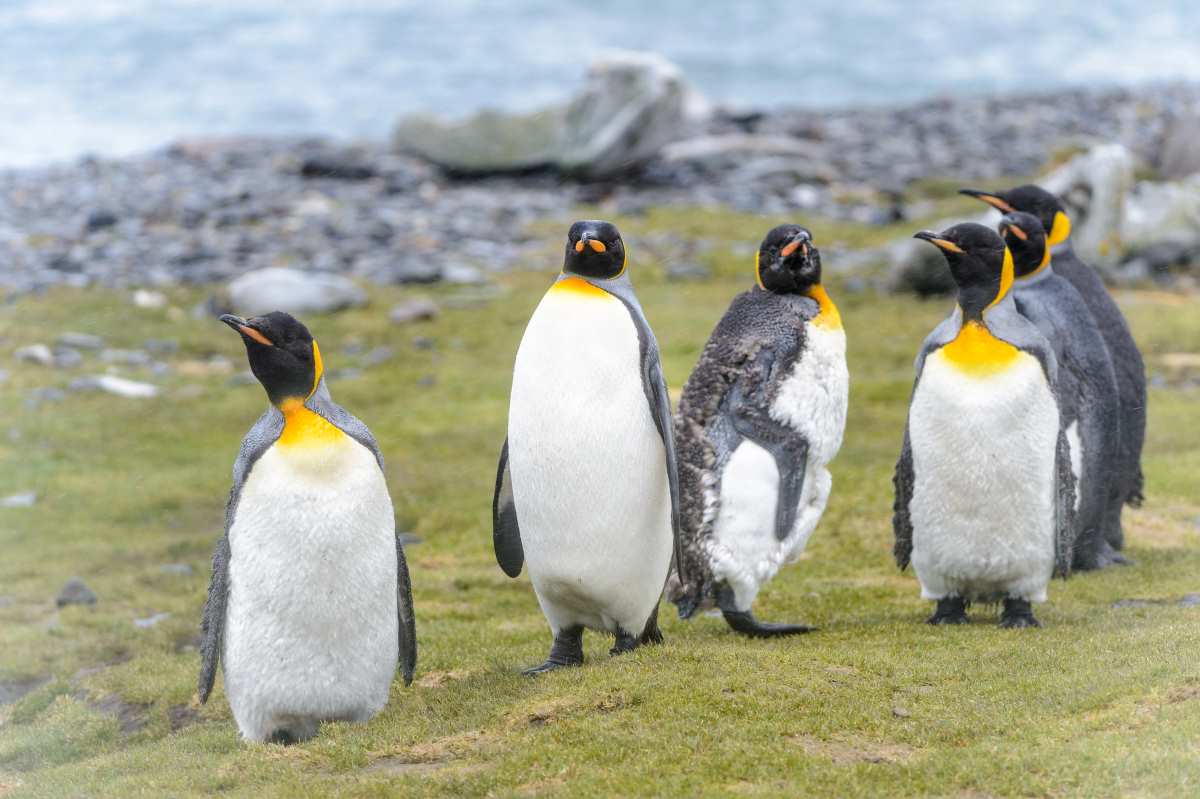As glaciers shrink and temperatures rise, plant life finds more opportunities to move to cold climate regions. The expansion of vegetation in the Antarctic Peninsula may indicate a change in its ecology, according to researchers, raising questions about its future.
## The Green Transformation of the Antarctic Peninsula
Using observations from Landsat 5 to Landsat 8, scientists determined that the area of land with vegetation on the Antarctic Peninsula grew from 0.86 to 11.95 square kilometers between 1986 and 2021.
The expansion of green spaces accelerated from 2016. This study, published in Nature Geoscience in October 2024, was led by environmental scientist Tom Roland from the University of Exeter and remote sensing expert Olly Bartlett from the University of Hertfordshire.
The results, summarized in maps, show a significant expansion of vegetation cover in the South Shetland Islands and towards the western side of the peninsula almost to the southern limit for plant growth.

## Impact of Climate Change on the Peninsula’s Ecology
Previous field studies in the Antarctic Peninsula have shown that mosses dominate its green areas, forming expansive “carpets” and accumulating vertical “banks,” indicating a resurgence of biological activity amid climate change.
These findings led scientists to explore whether vegetation was expanding its territory both upwards and outwards.
“The Antarctic Peninsula is one of the places on Earth that is warming most rapidly, with most of its glaciers retreating,” explained Roland.
The increase in new vegetation also coincides with a decrease in the extent of Antarctic sea ice, the increase in open waters, and a strong positive phase in the Southern Annular Mode, producing warmer and wetter conditions.
## Biosecurity and the Introduction of Non-native Species
Antarctica hosts hundreds of native species of mosses, liverworts, lichens, and fungi, but only two native species of flowering plants.
Human presence on the continent can introduce non-native species, and invasions have already been documented in the northern part of the peninsula and on nearby islands. “Biosecurity will become increasingly critical as temperature limitations in high-latitude cold ecosystems decrease,” the researchers wrote.
Do you already know our YouTube channel? Subscribe!

